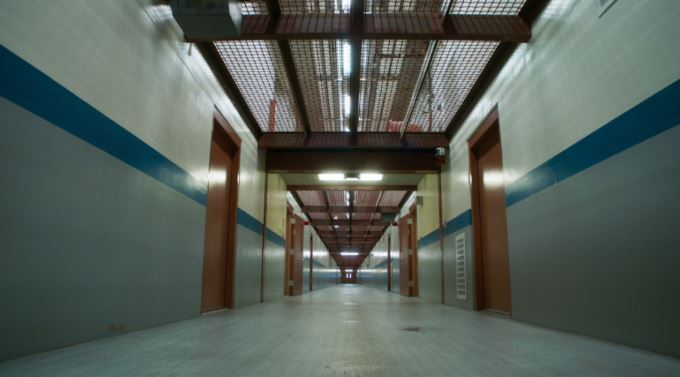The Strike, directed by Joebill Munoz and Lucas Guilkey, is a documentary that looks at a significant 2013 hunger strike by prisoners, which led to changes in U.S. prison policies. The film focuses on Pelican Bay, a supermax prison in California that opened in 1989. This prison was known for putting primarily Black and Brown men into long-term solitary confinement in small, windowless cells, often based on shaky evidence.
In 2013, around 30,000 prisoners across California refused to eat to protest against the policy of indefinite solitary confinement and to demand the chance to rejoin the general prison population. The documentary, which lasts 86 minutes, includes interviews with prisoners who spent many years in such harsh conditions, as well as conversations with state prison officials and the designers of the prison system.
Variety magazine has exclusive access to the trailer for The Strike, which is set to premiere at the Hot Docs Film Festival in the Art of Resistance section.
Lucas Guilkey began the project in 2013 when he created an online video to bring attention to the hunger strike. He was inspired to turn the story into a full documentary after meeting the families of the prisoners, who were actively campaigning for their relatives. He later partnered with Joebill Munoz, whom he met in graduate school, to start filming in 2019.
In the documentary, the reasons why the inmates were originally imprisoned are not discussed. Guilkey explains that they chose to focus on the practice of solitary confinement itself, rather than the initial crimes, to highlight how the system may be violating human rights.
Hot Docs' 'The Strike,' About the Fight Against Solitary Confinement in California, Debuts Trailer (EXCLUSIVE) https://t.co/ISL0tnO0cO
— Variety (@Variety) April 26, 2024
The film also features interviews with officials responsible for the solitary confinement policies, reflecting the filmmakers’ aim to provide a balanced view. The directors had built relationships with people close to the prisoners, which helped them gain access to conduct interviews with men who were recently released from solitary confinement.
Munoz and Guilkey were able to film inside Pelican Bay, which they describe as nearly empty and resembling a museum, allowing them unrestricted filming access. They funded the documentary through independent backers, grants, and pitch forums, with significant support from the Sundance Institute Documentary Fund. Source

